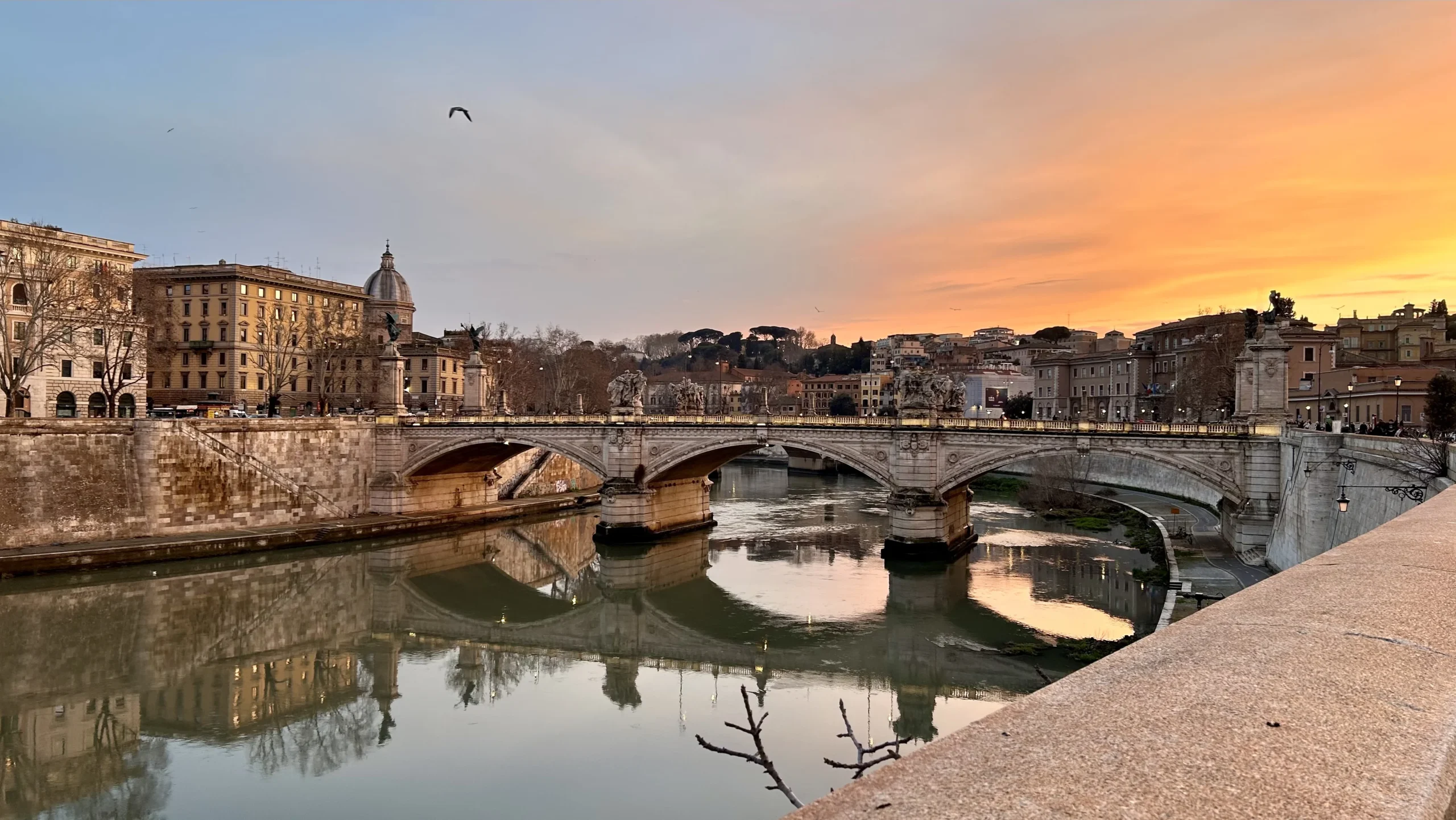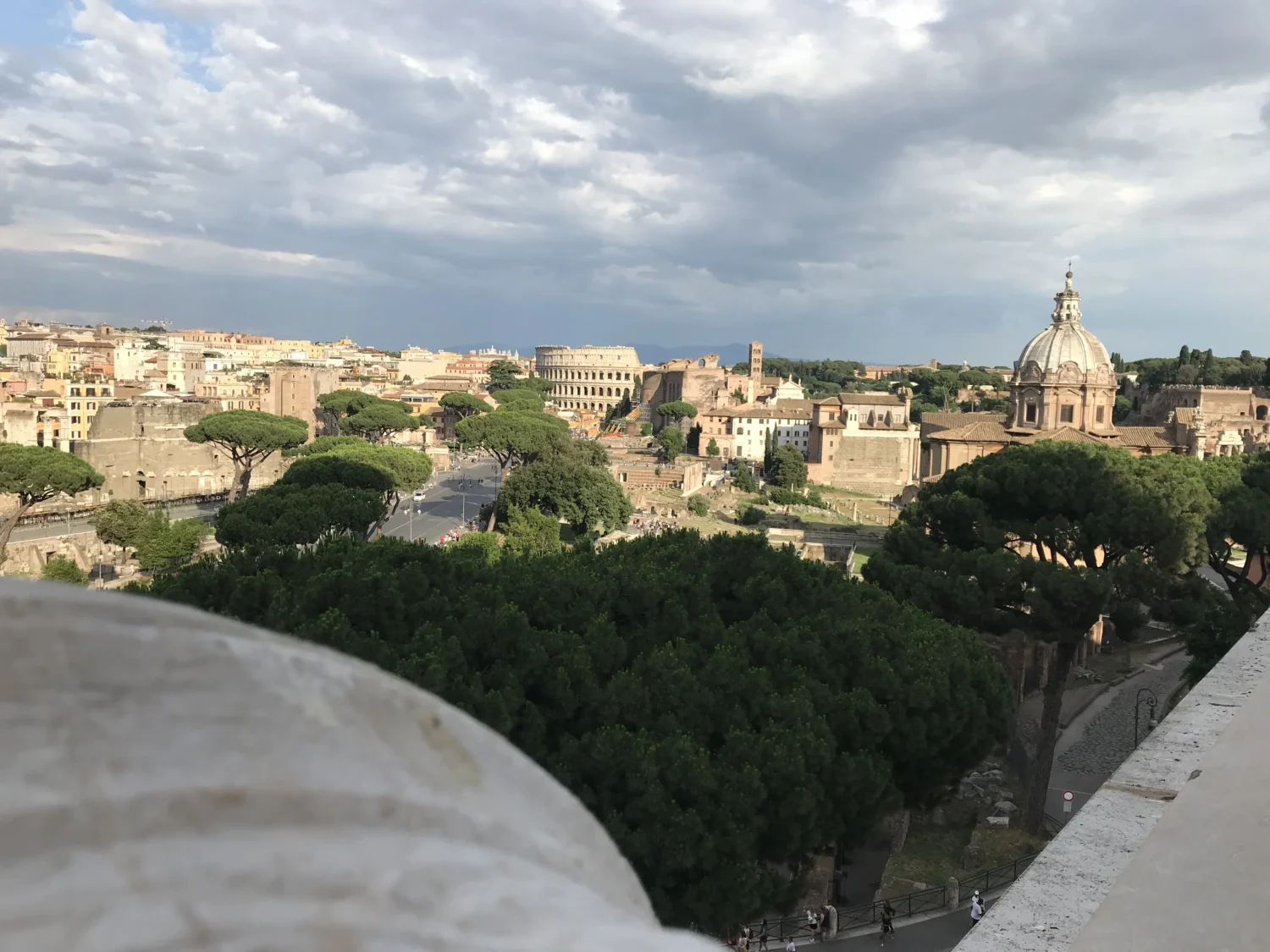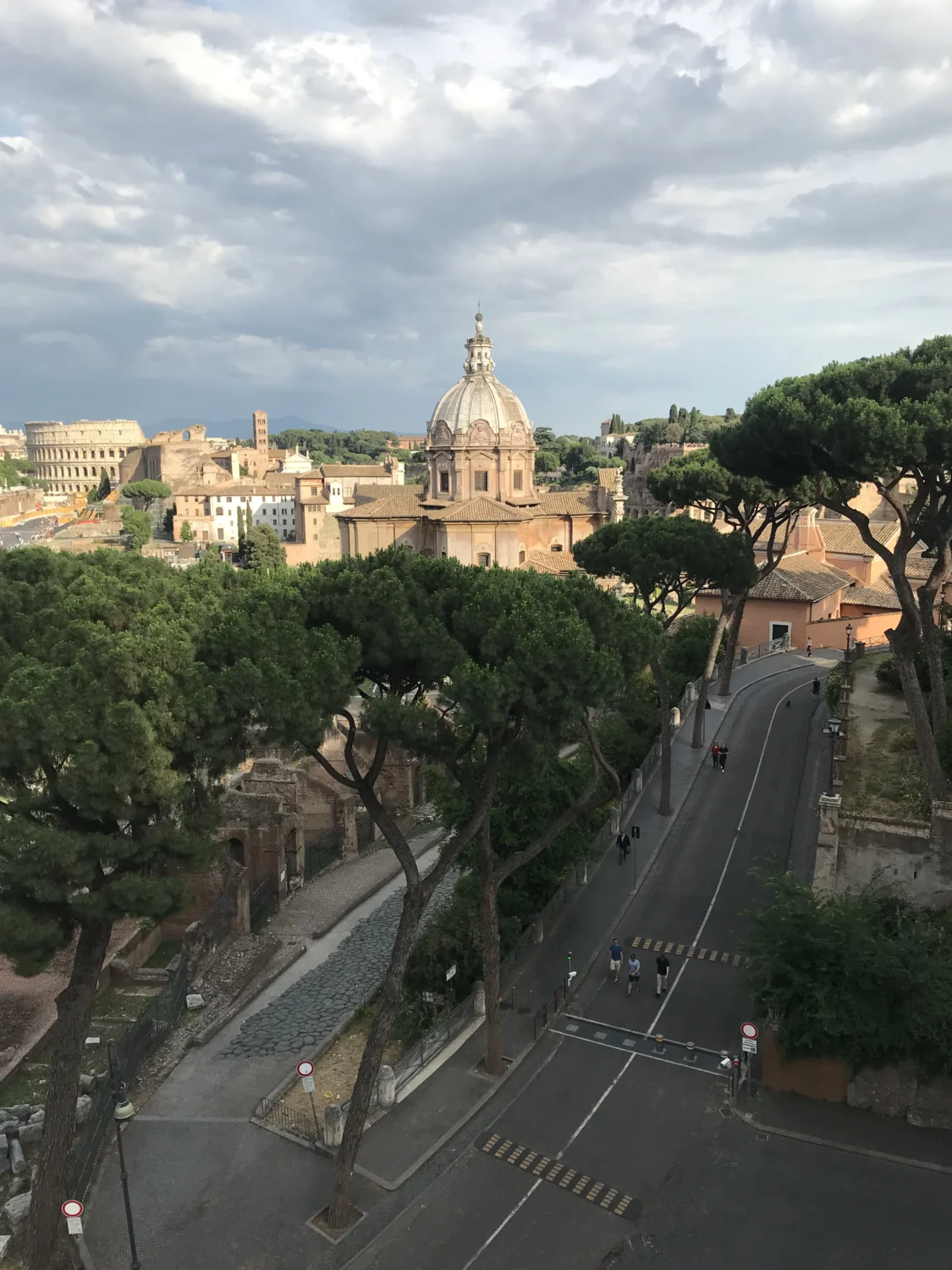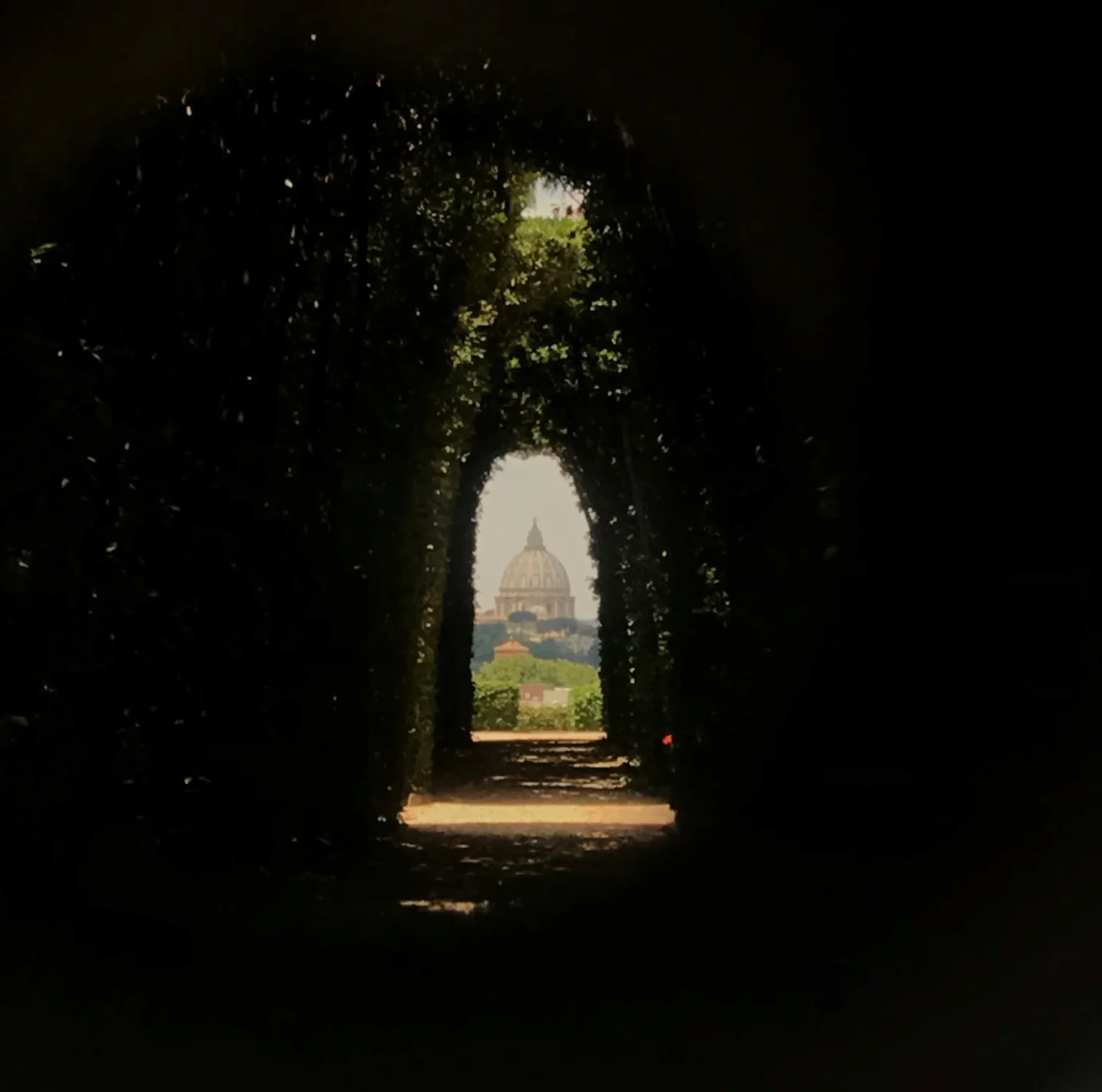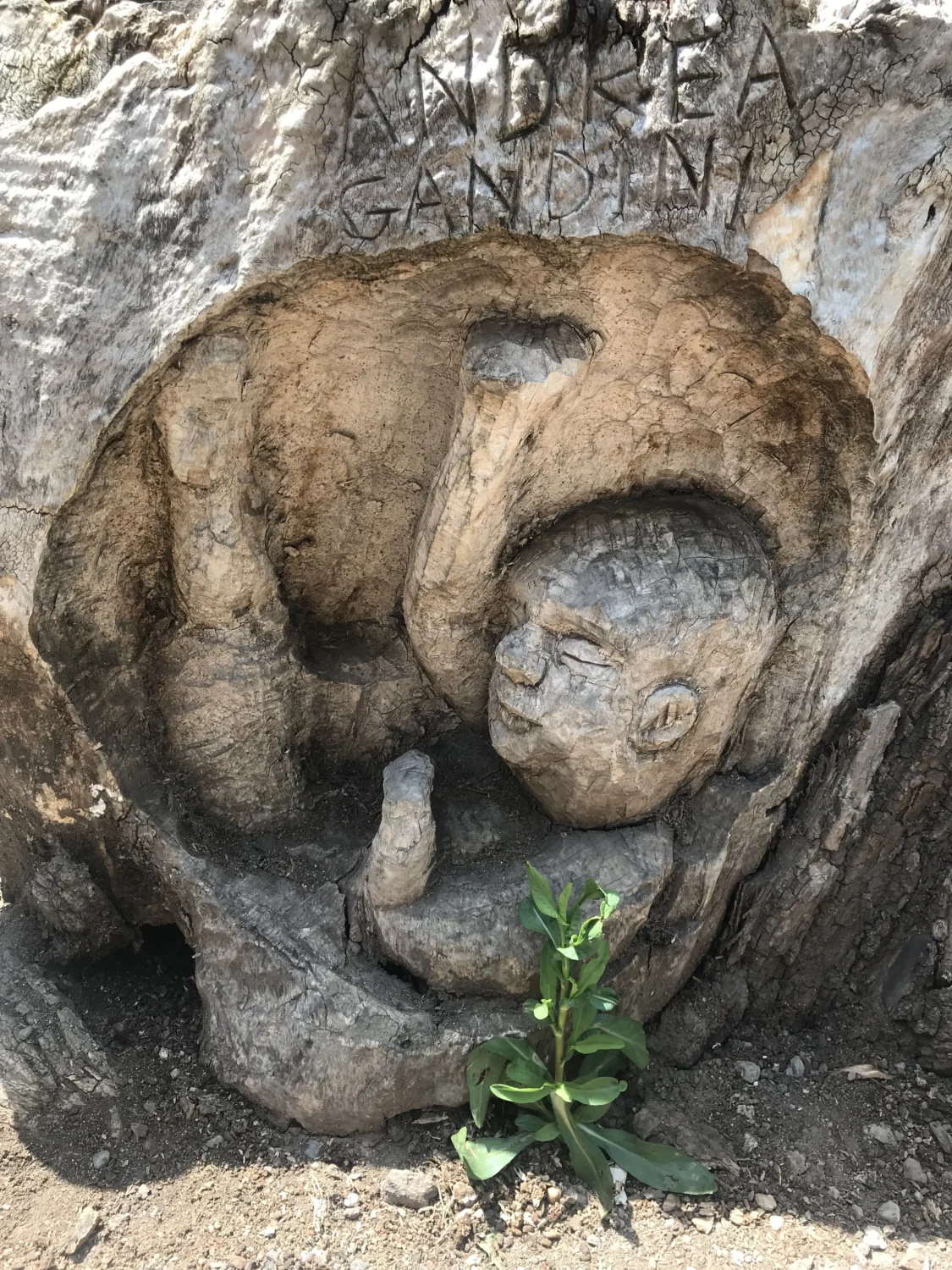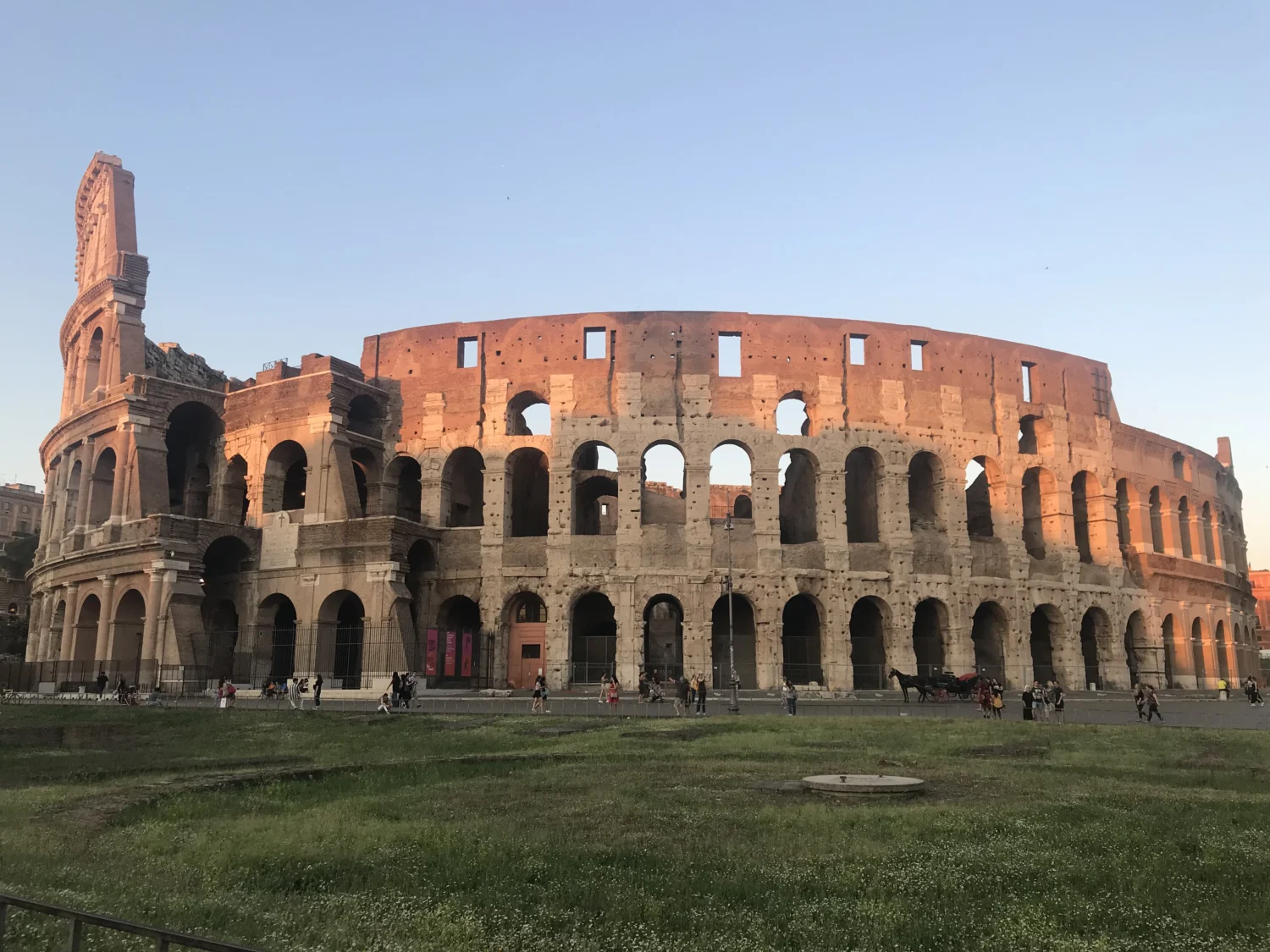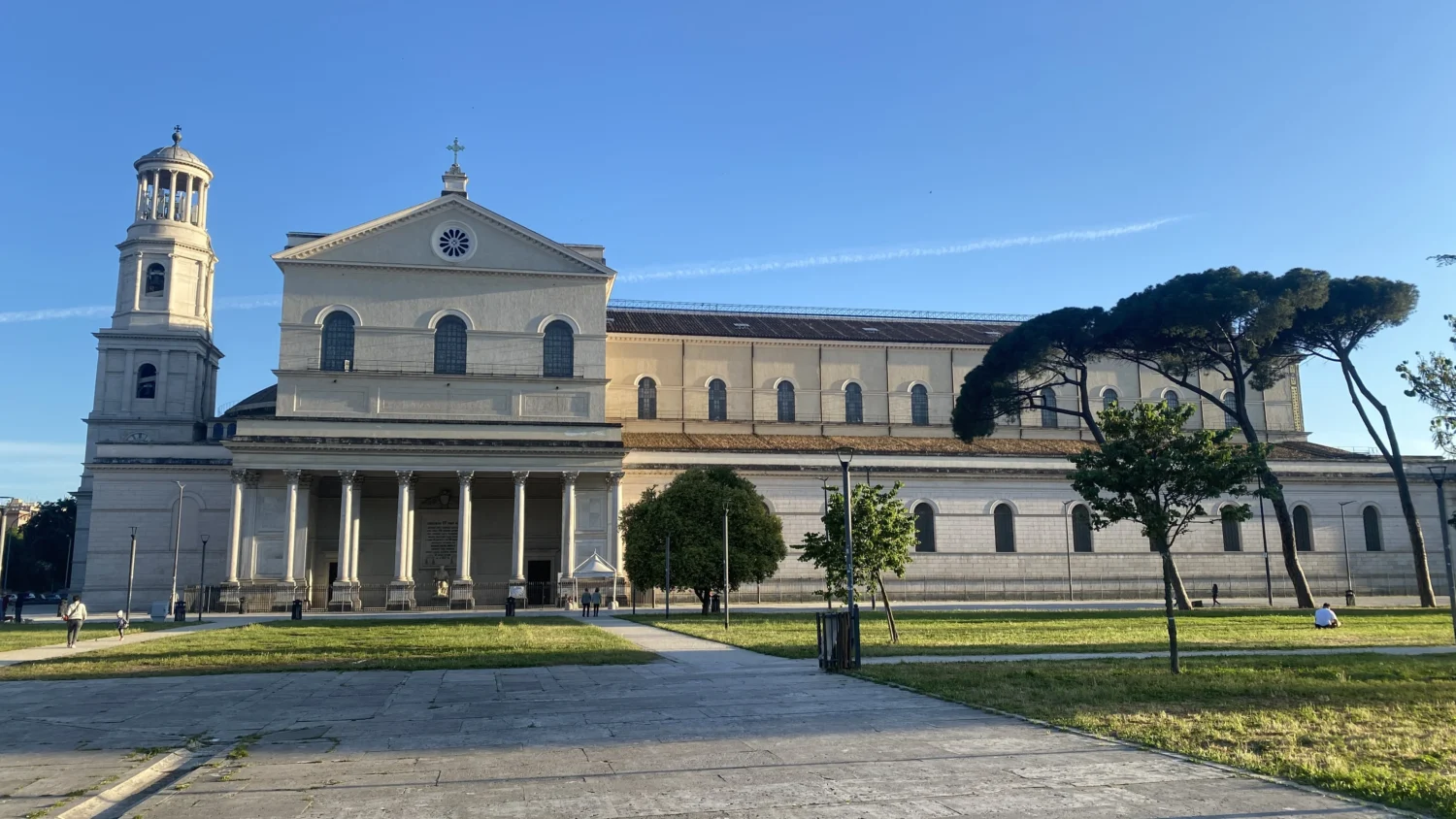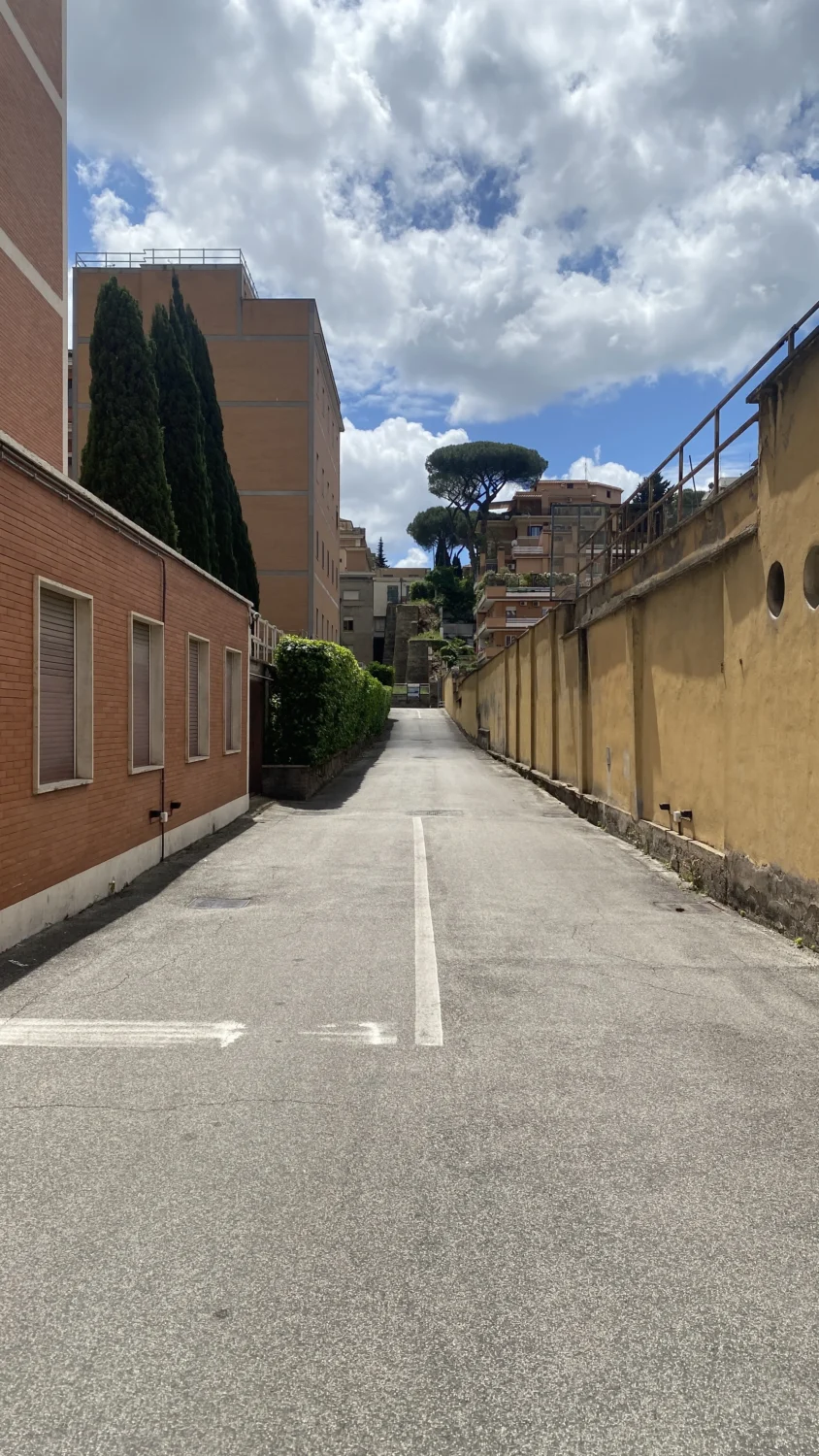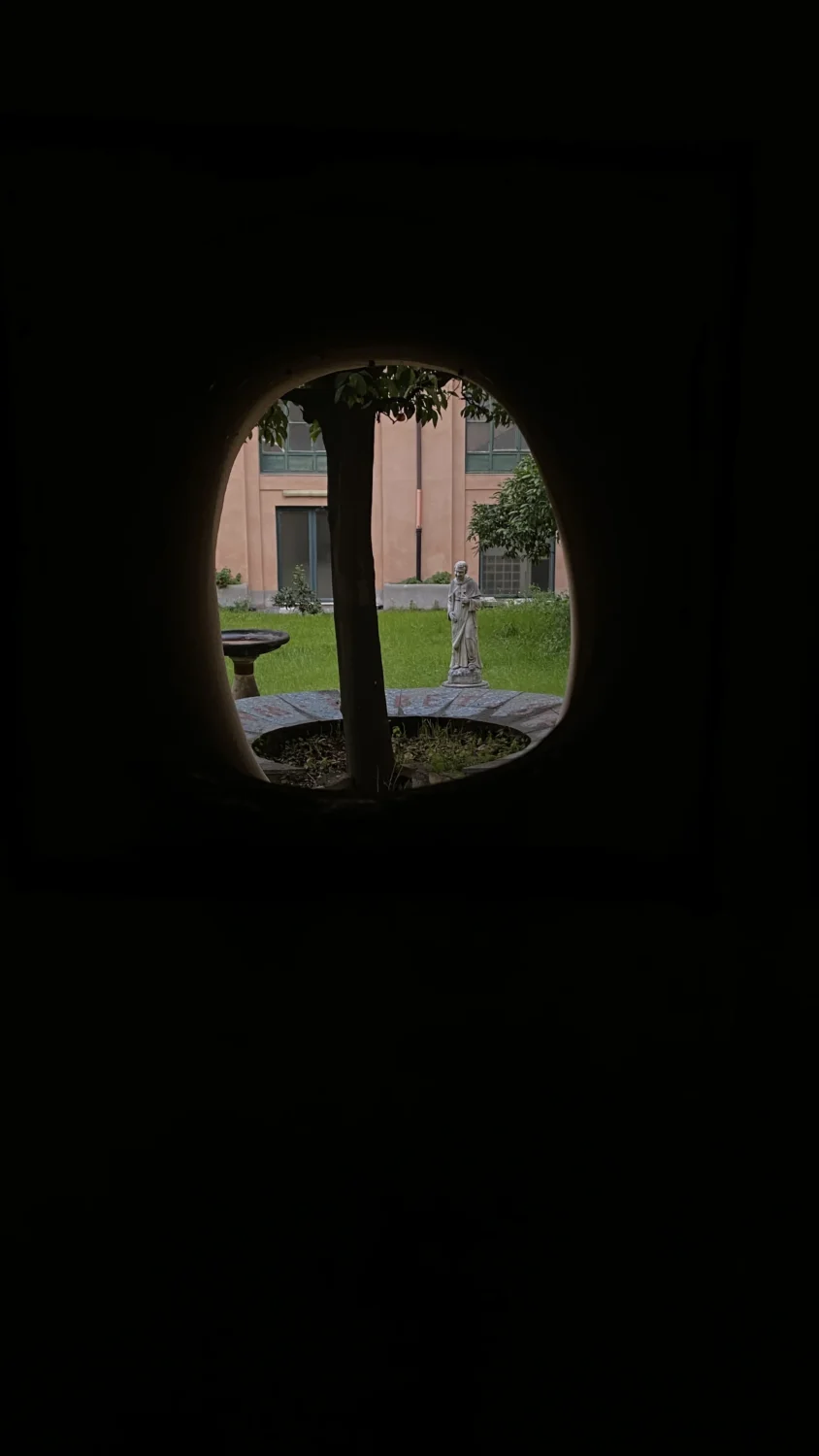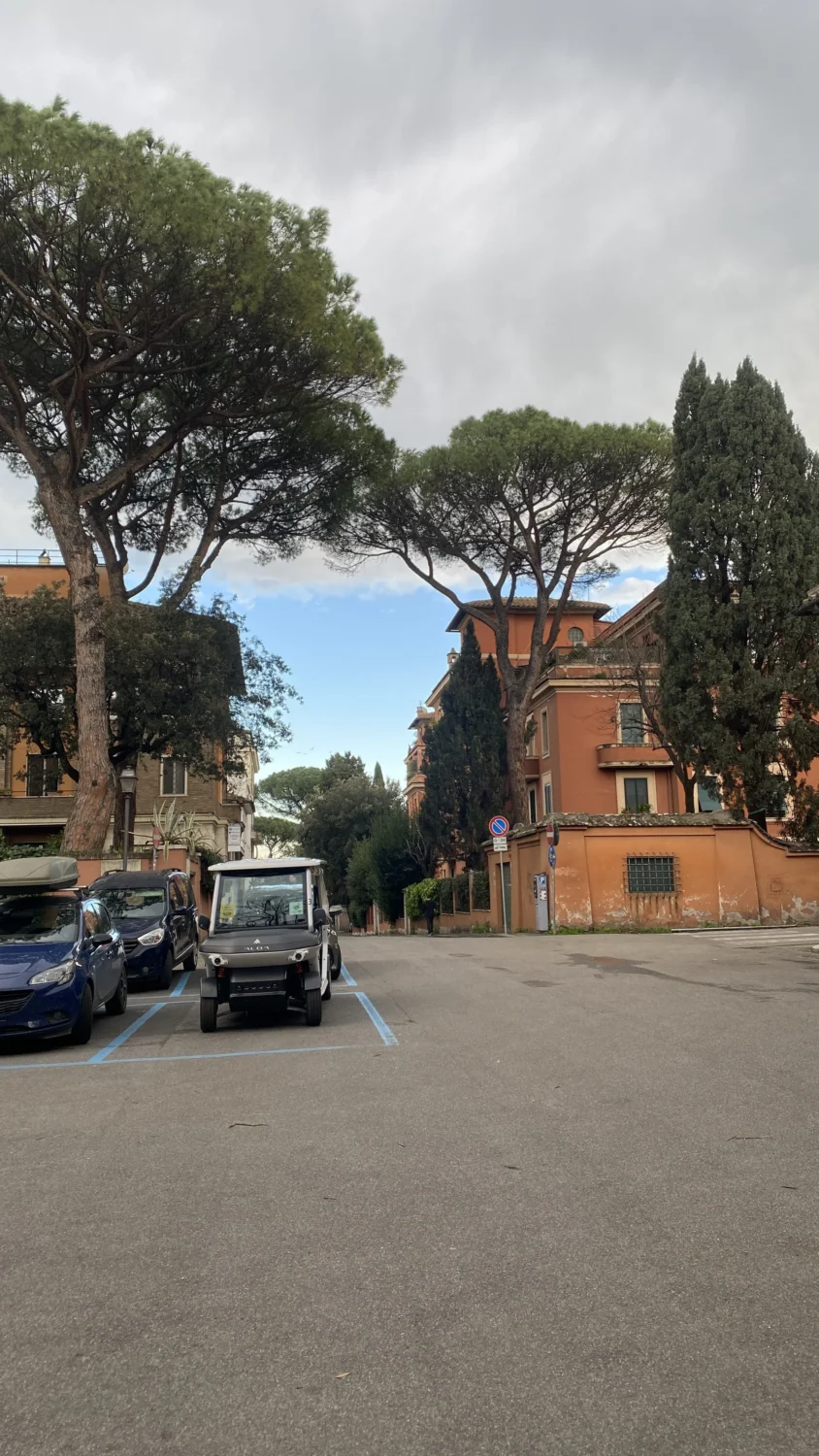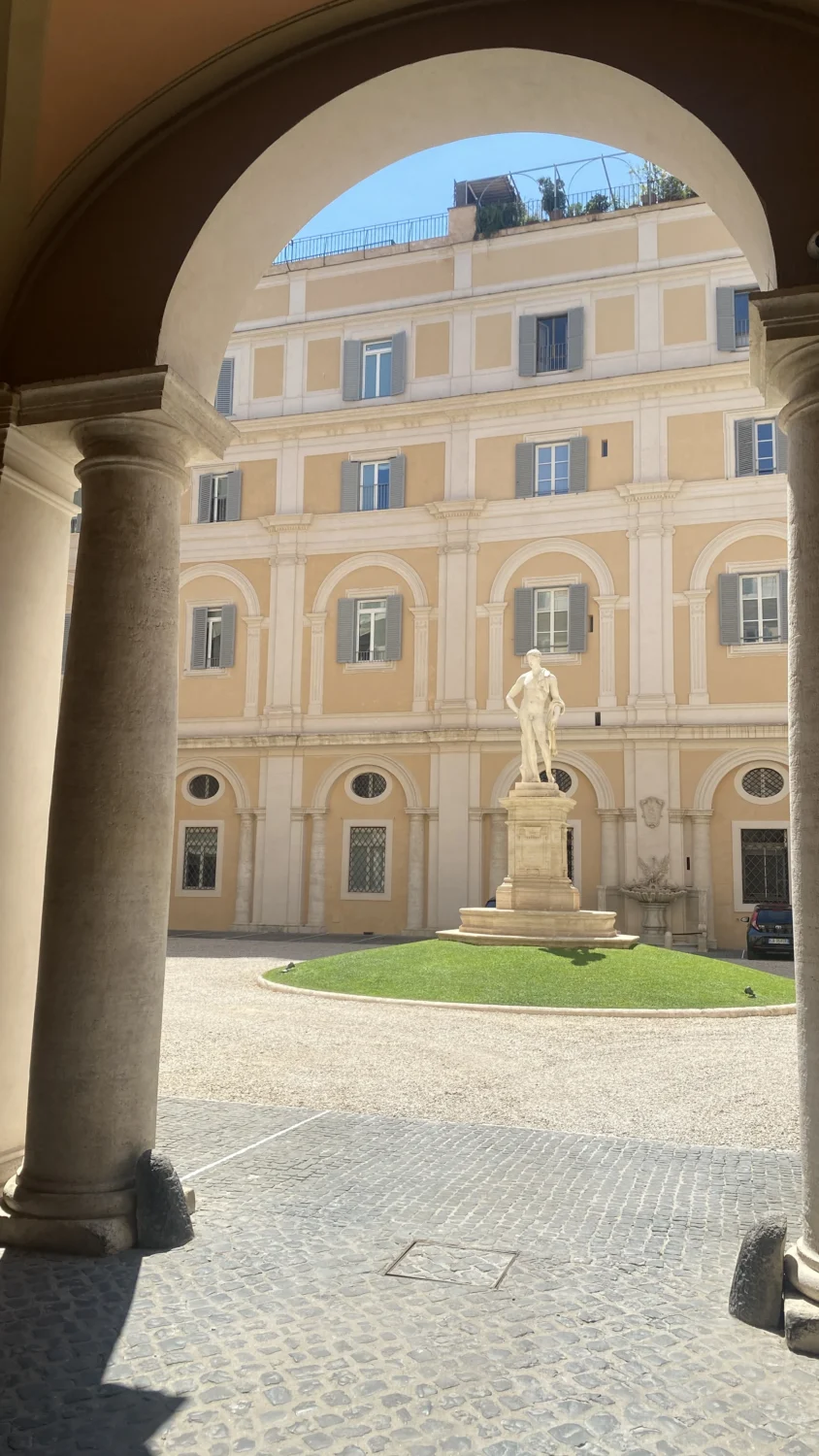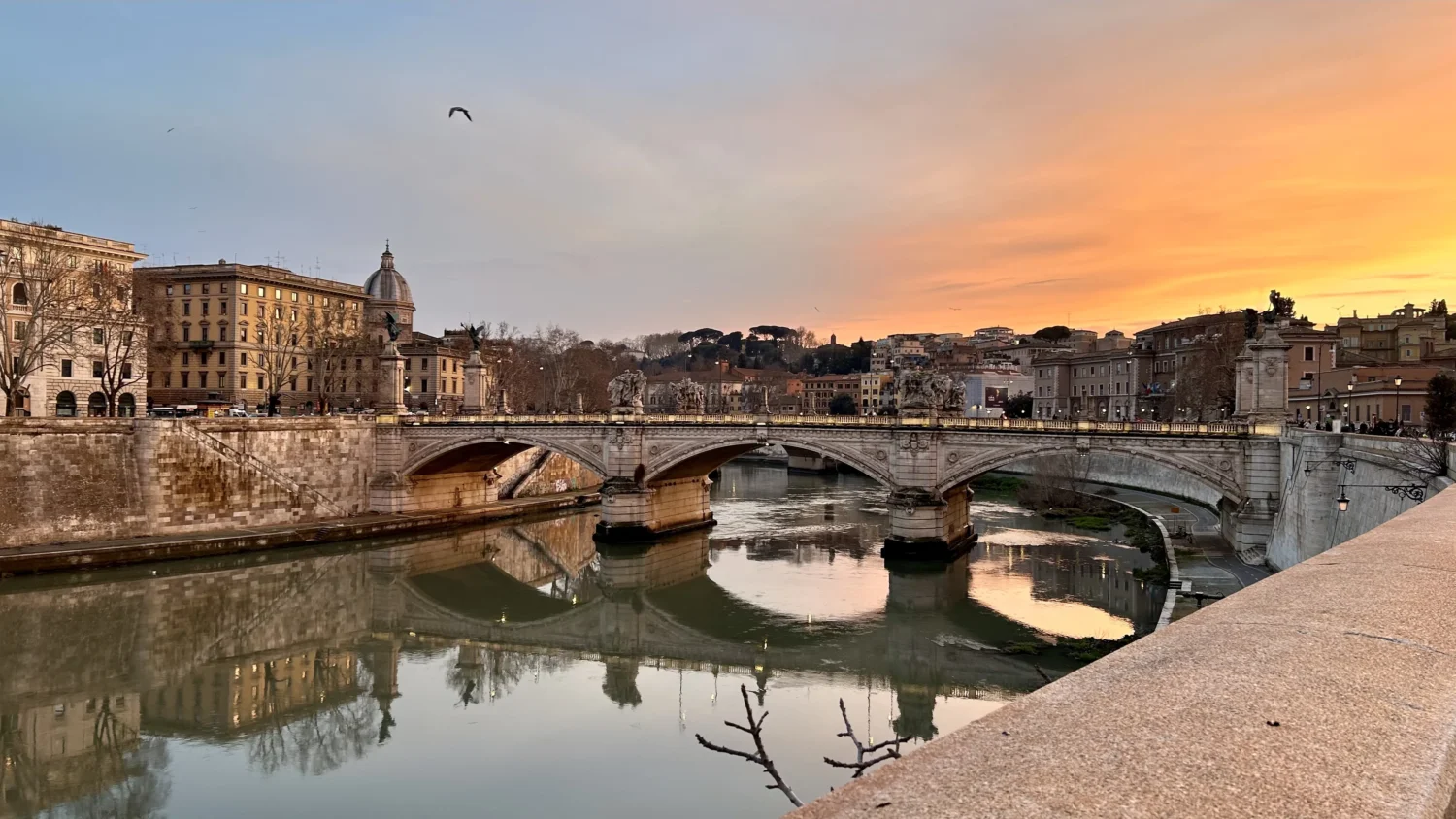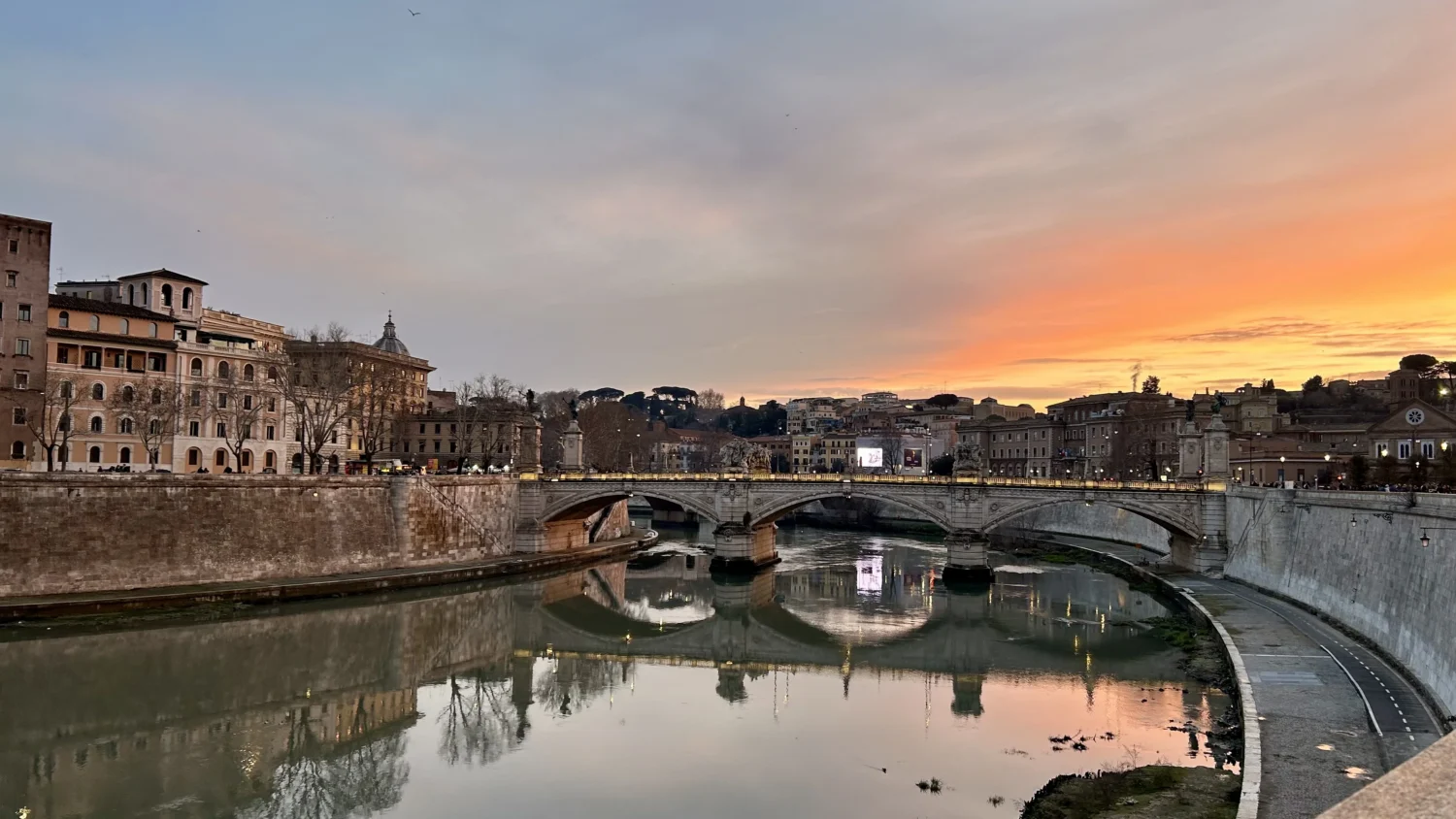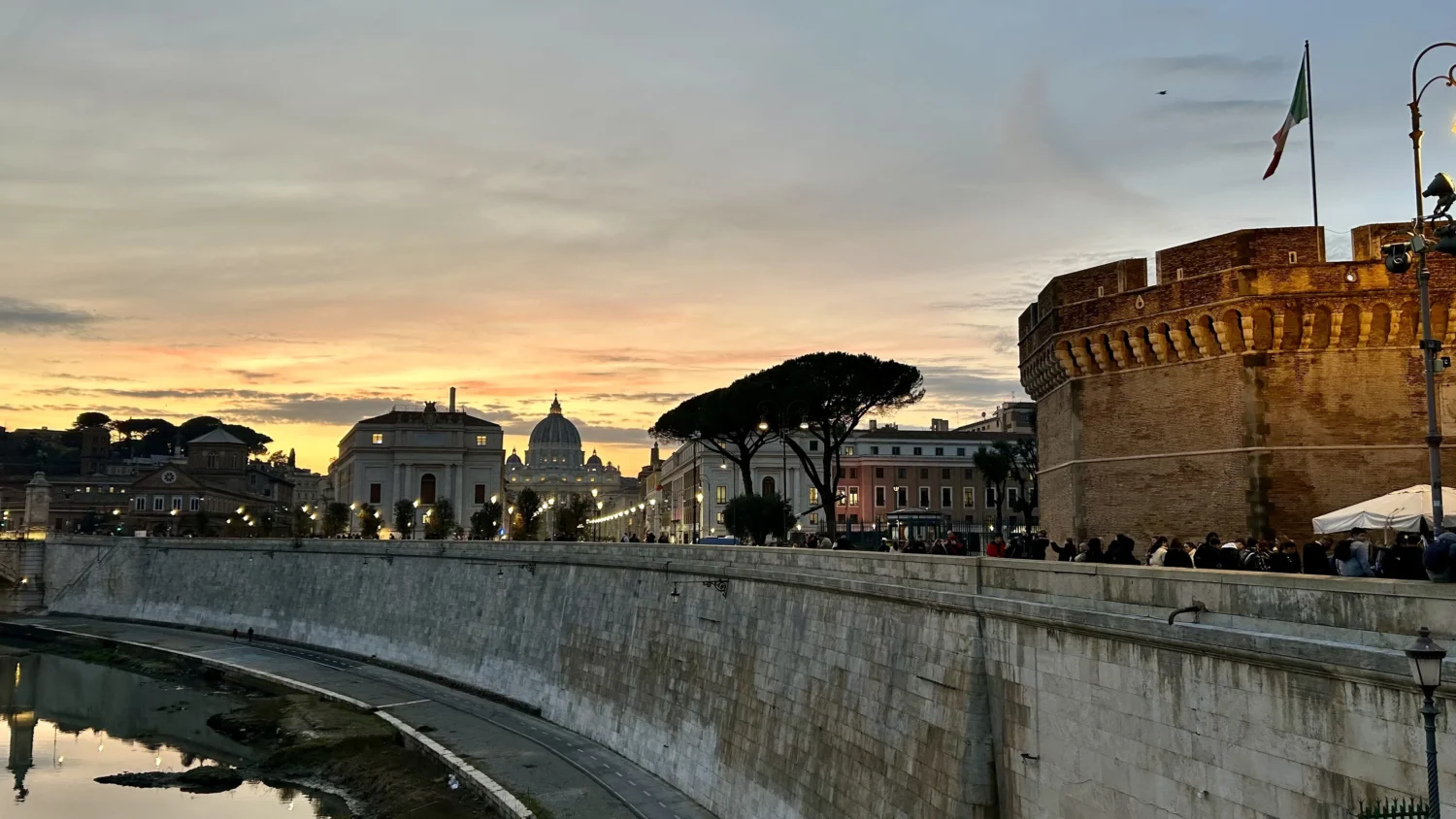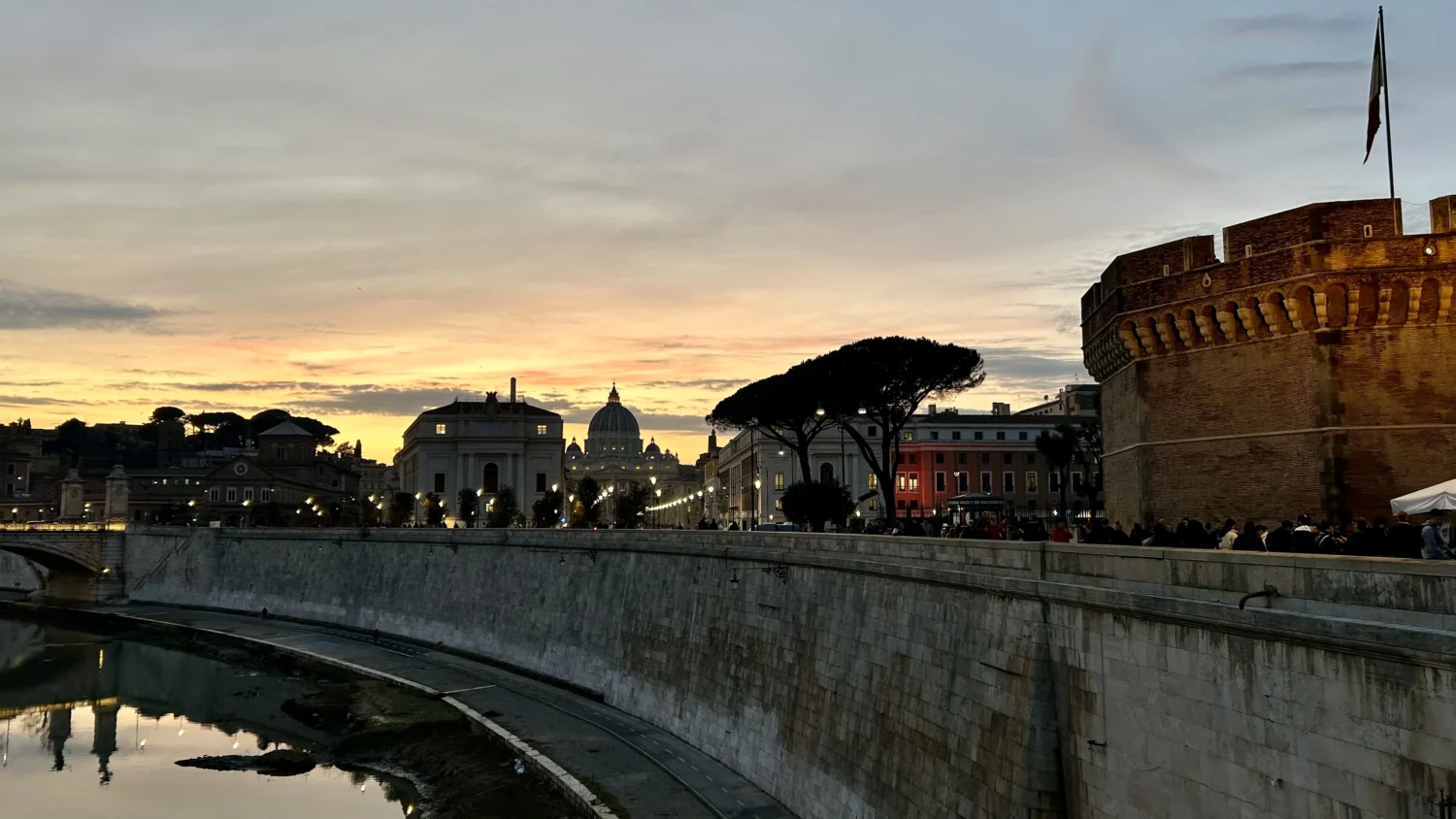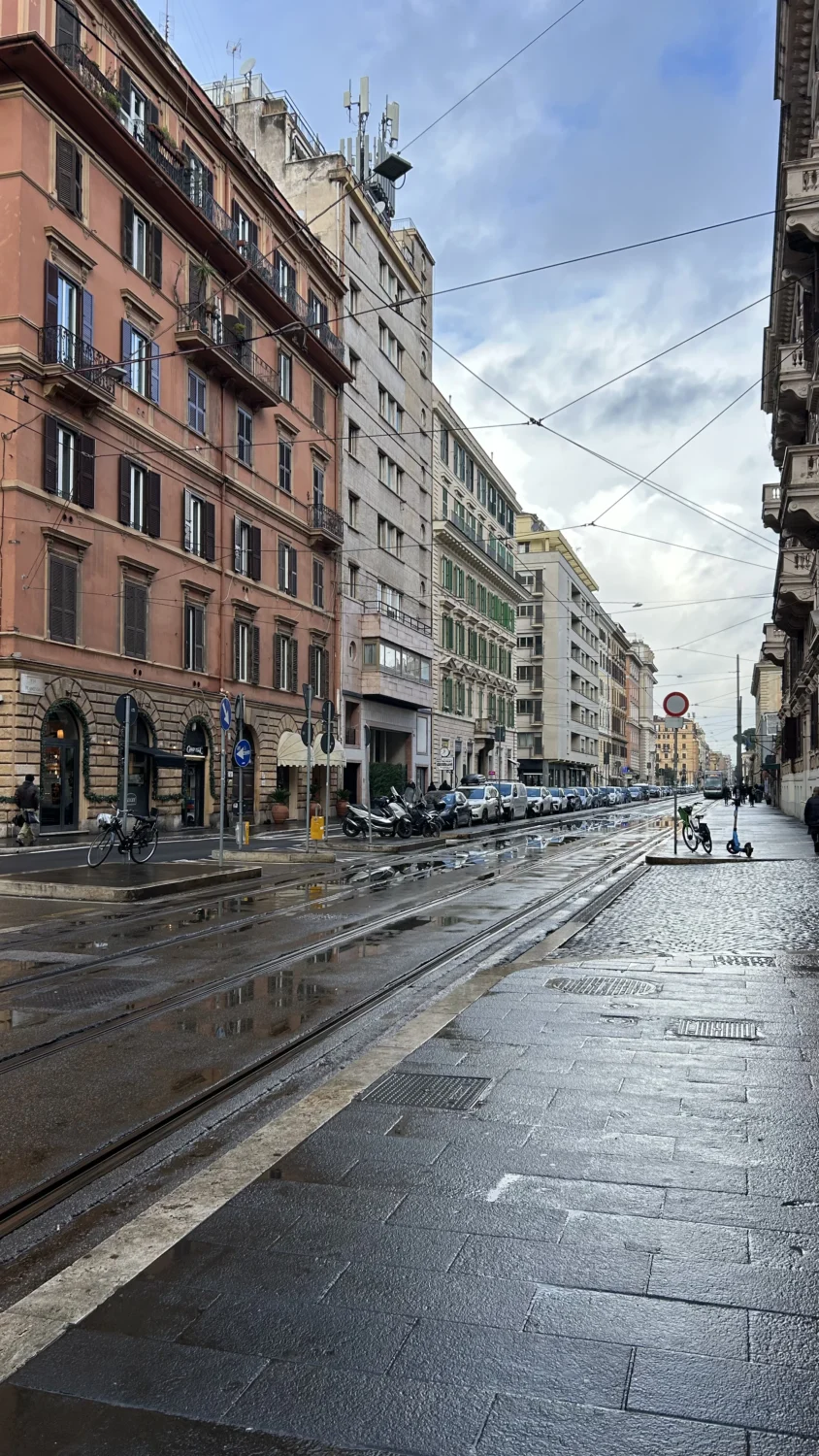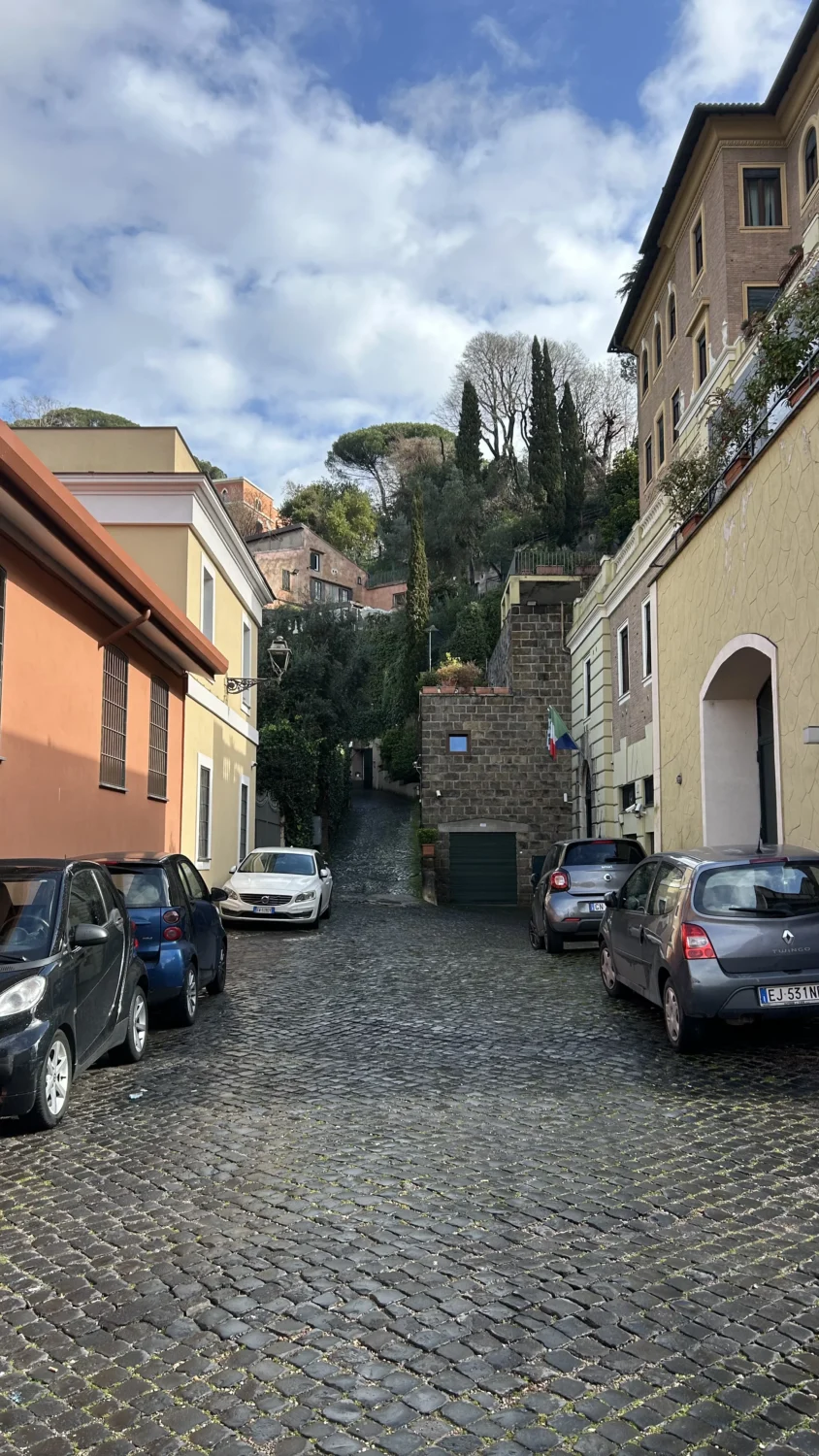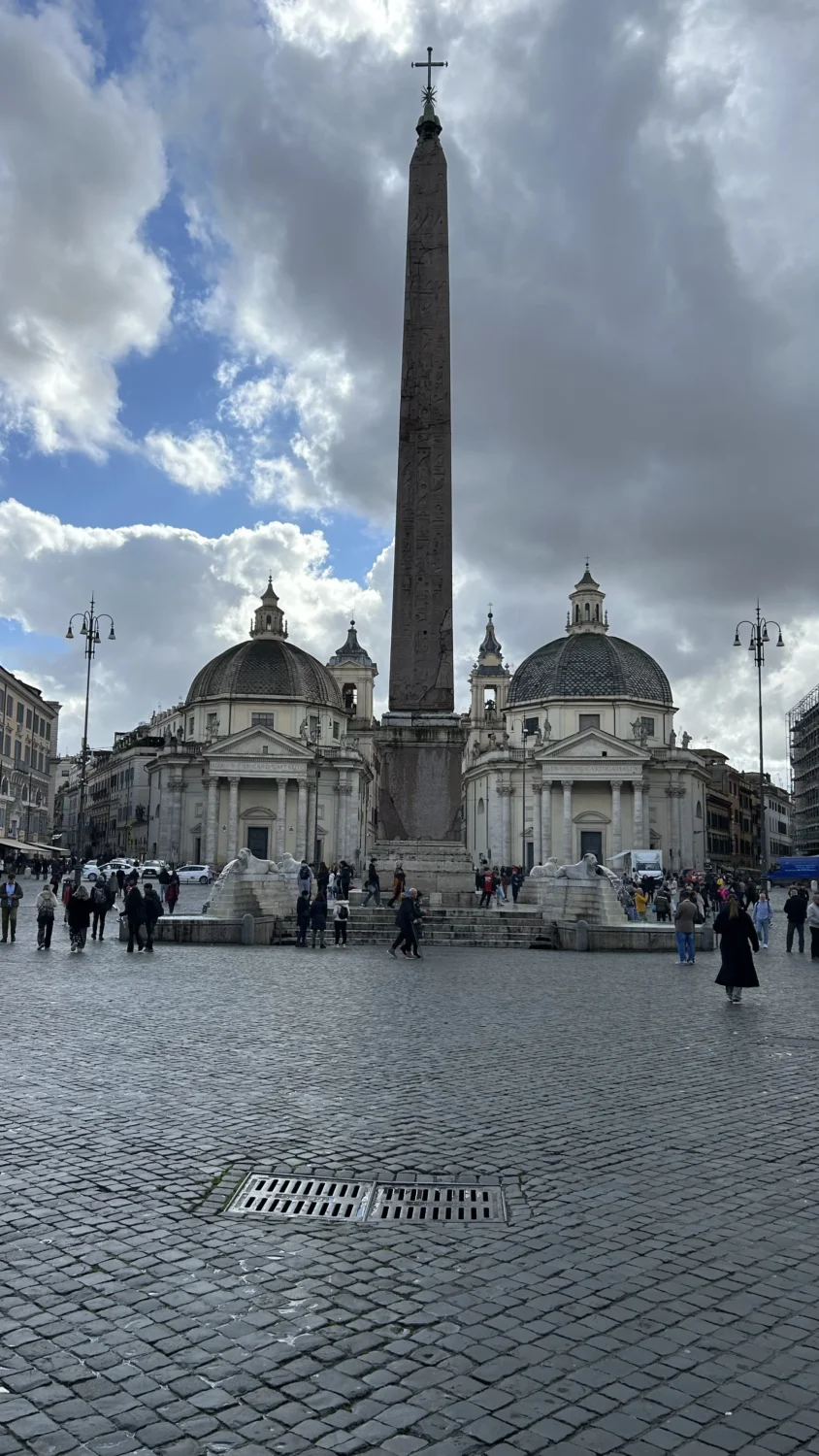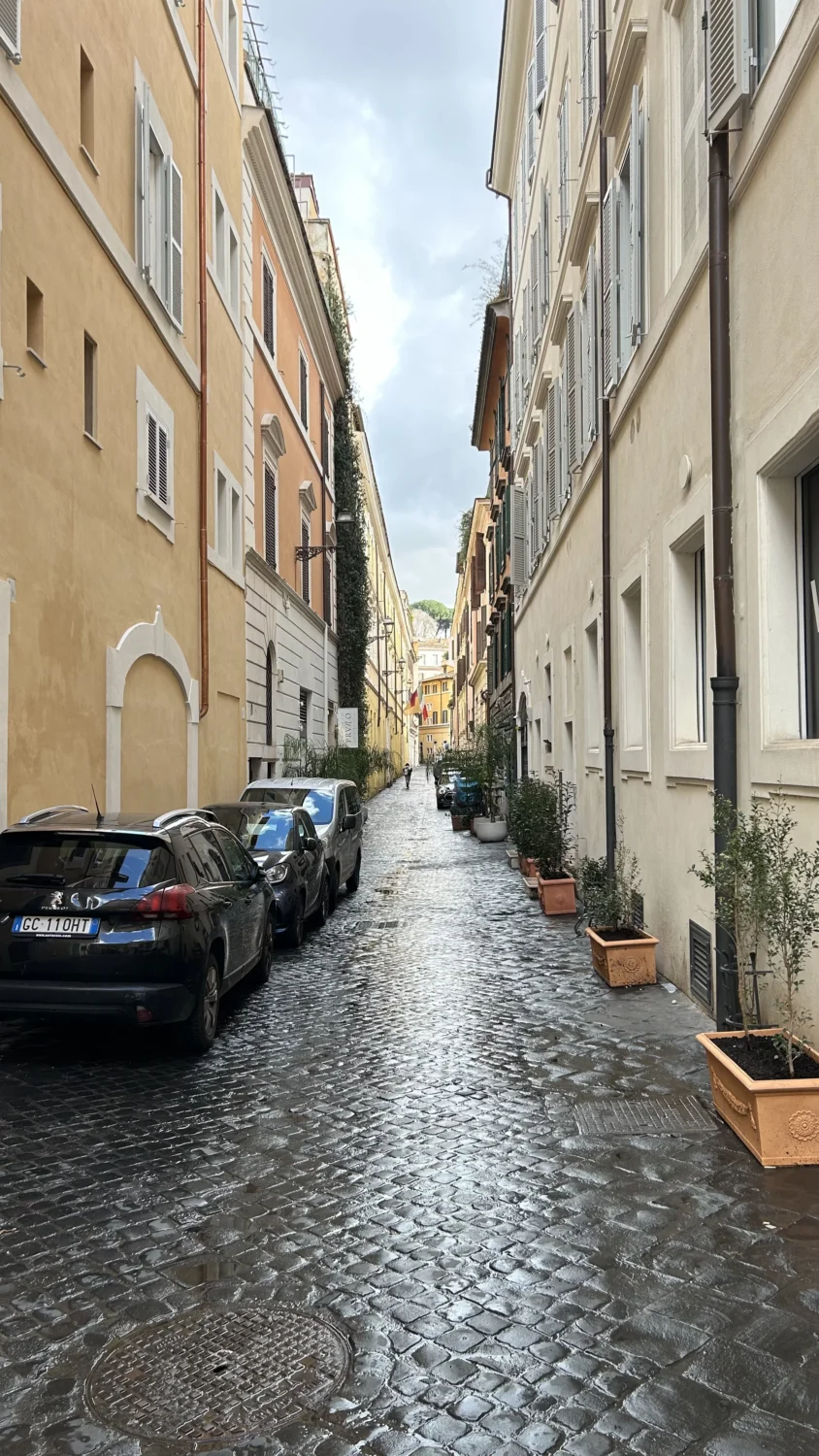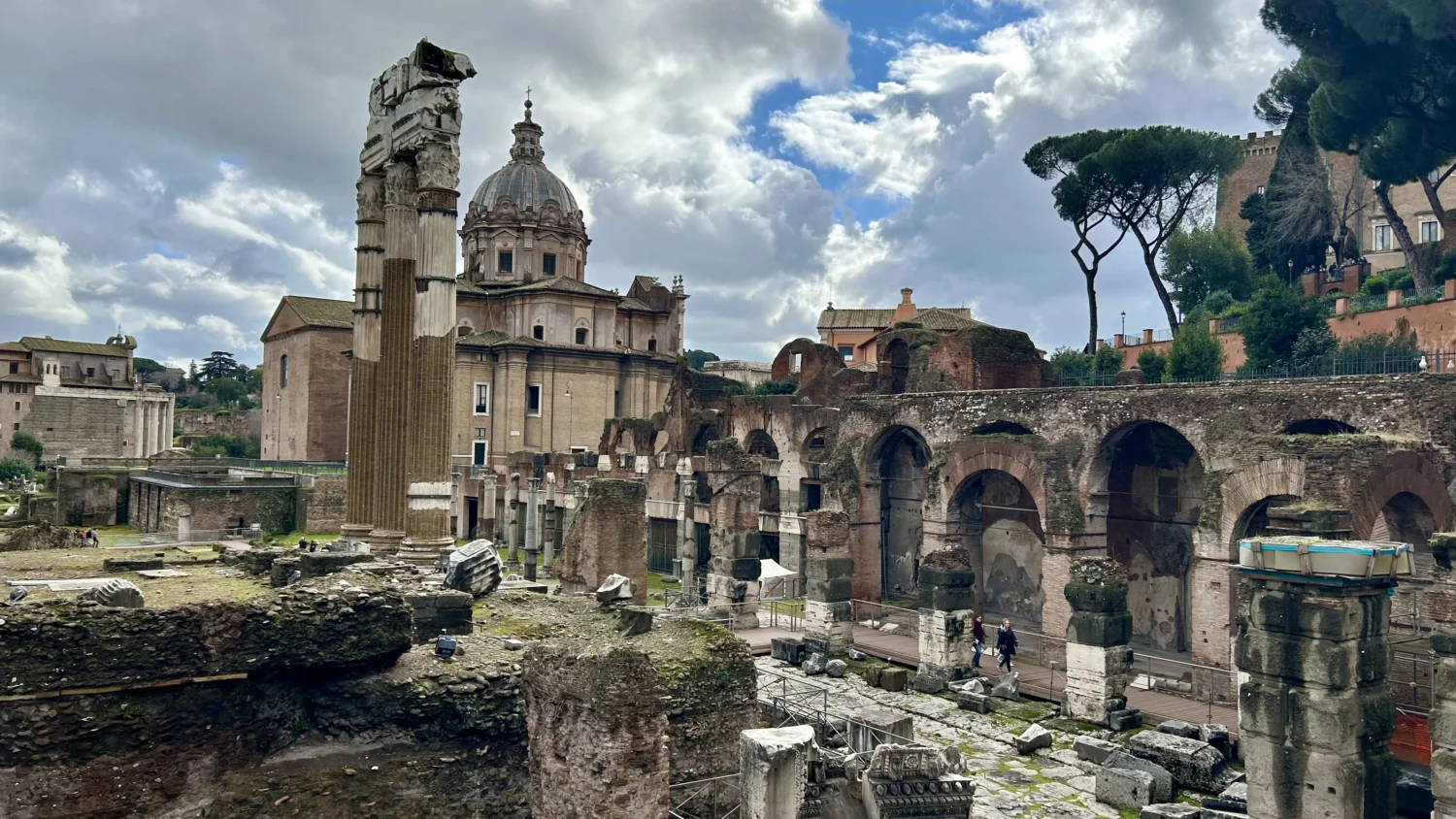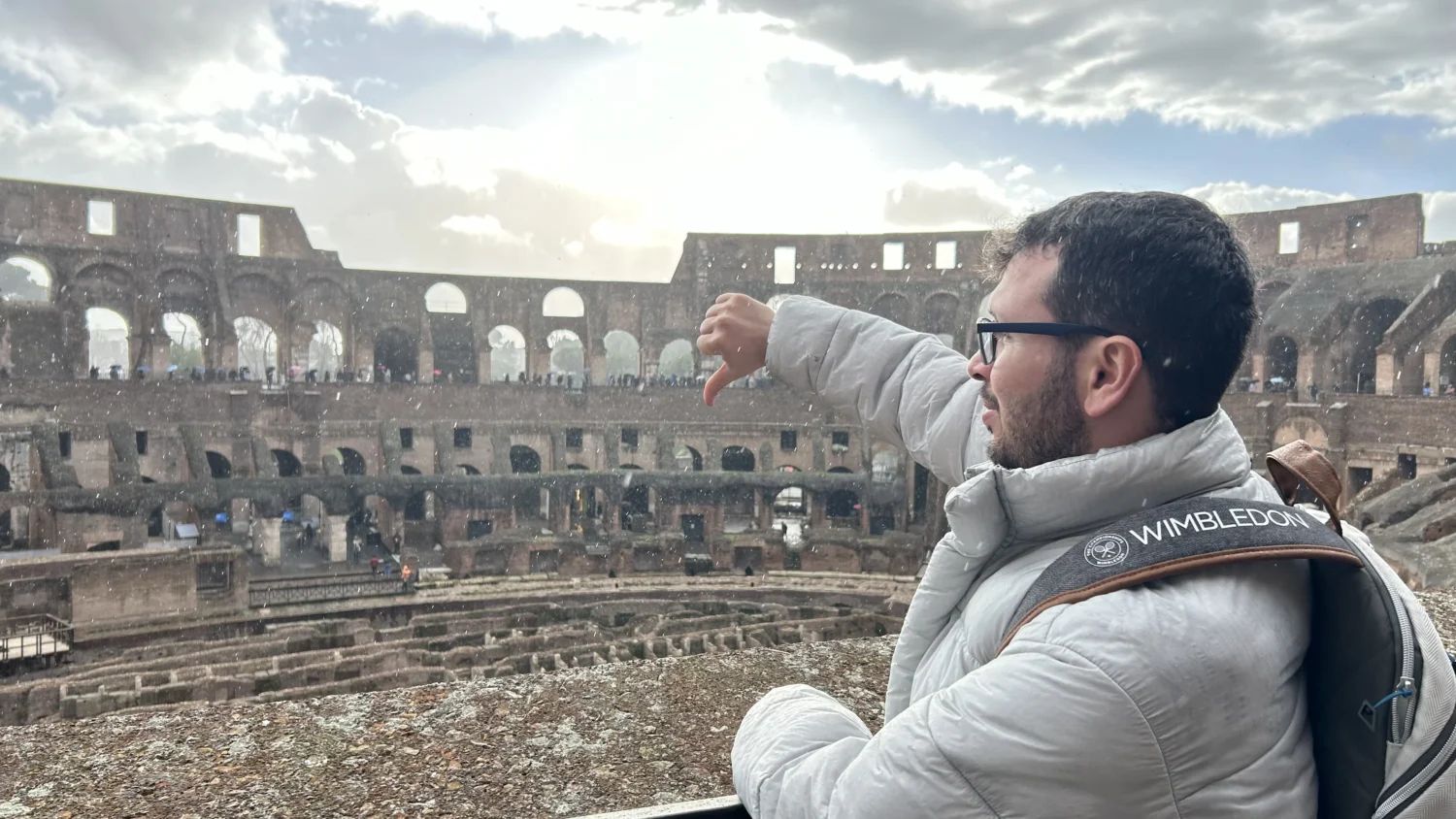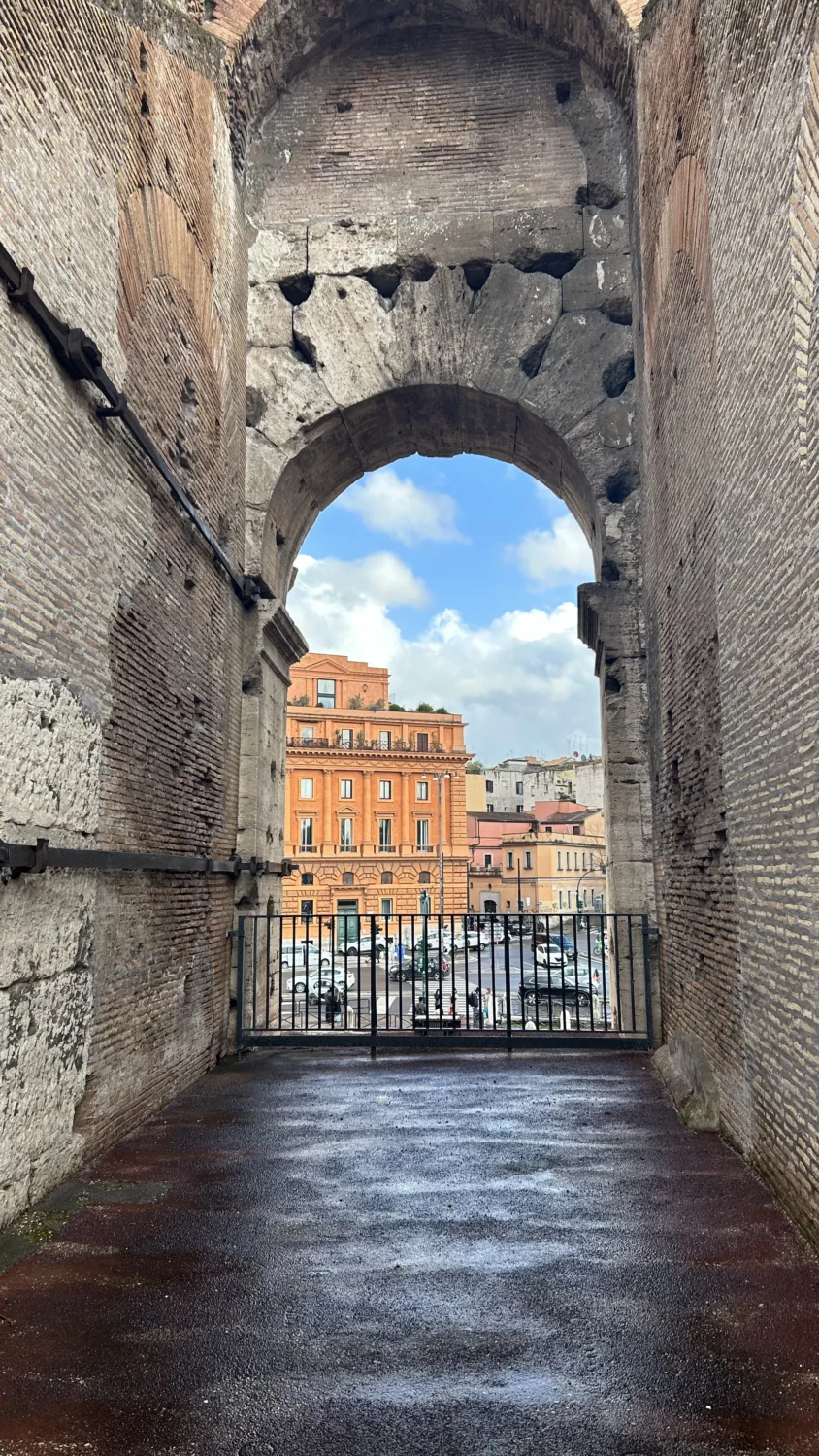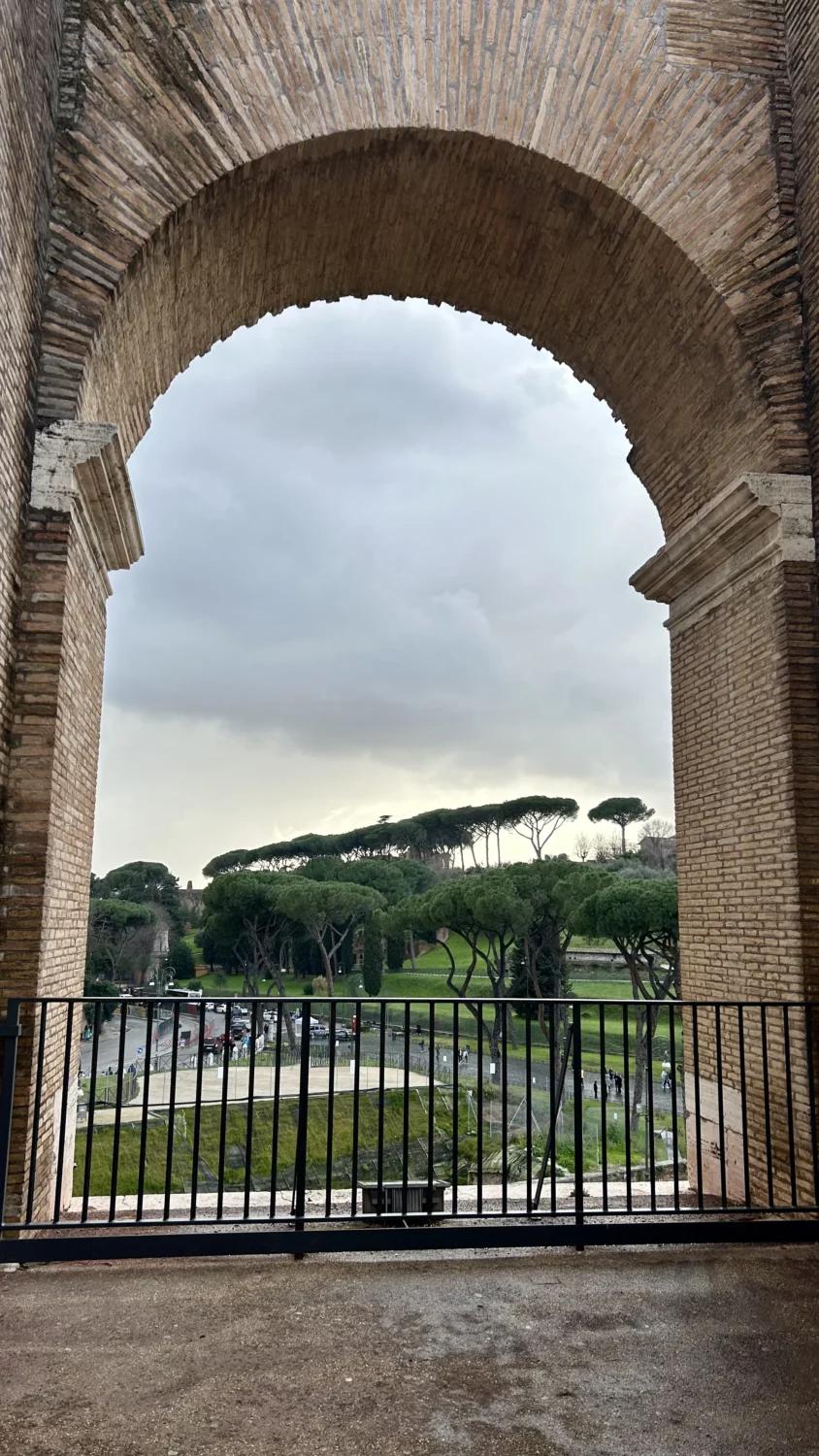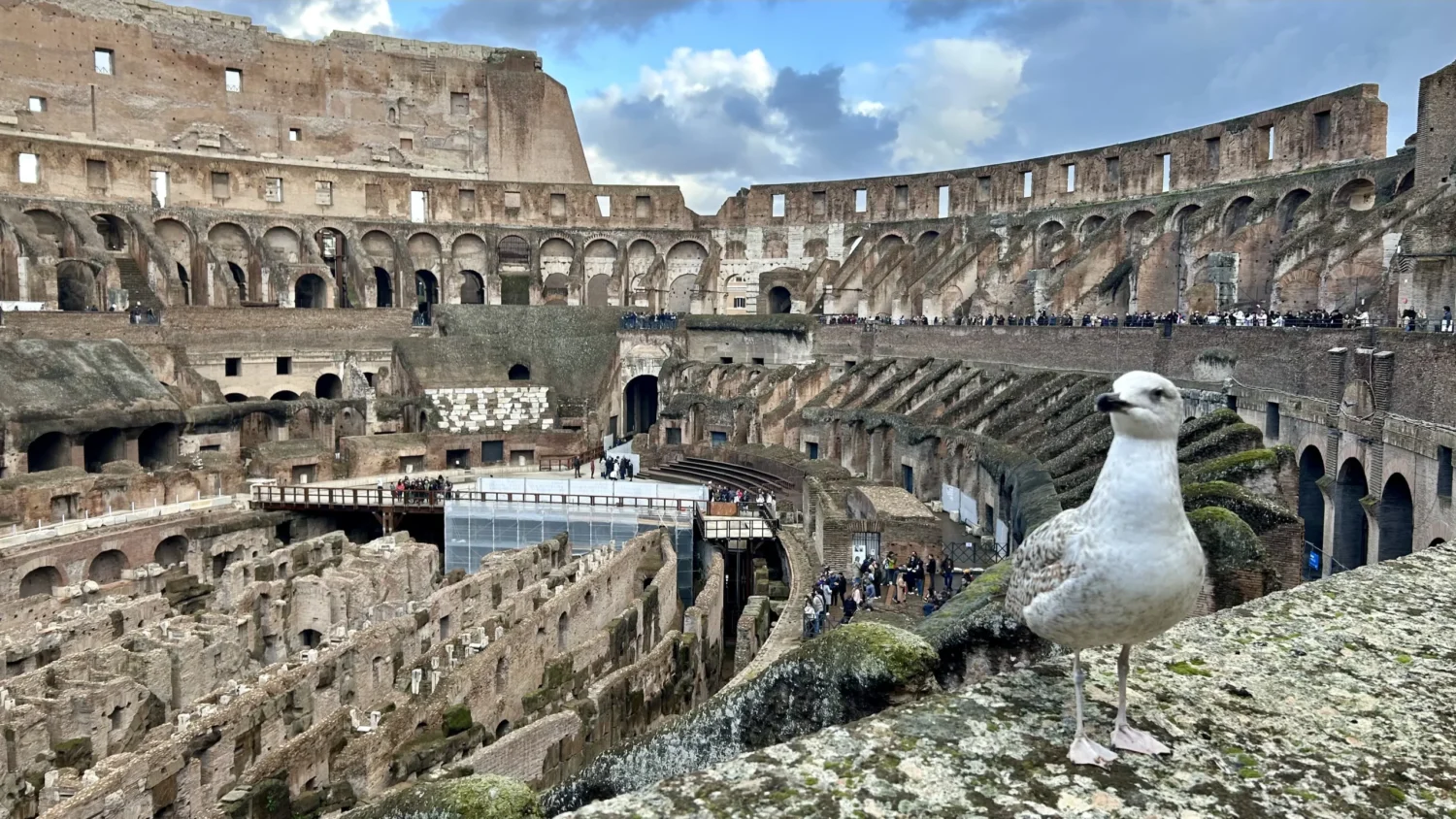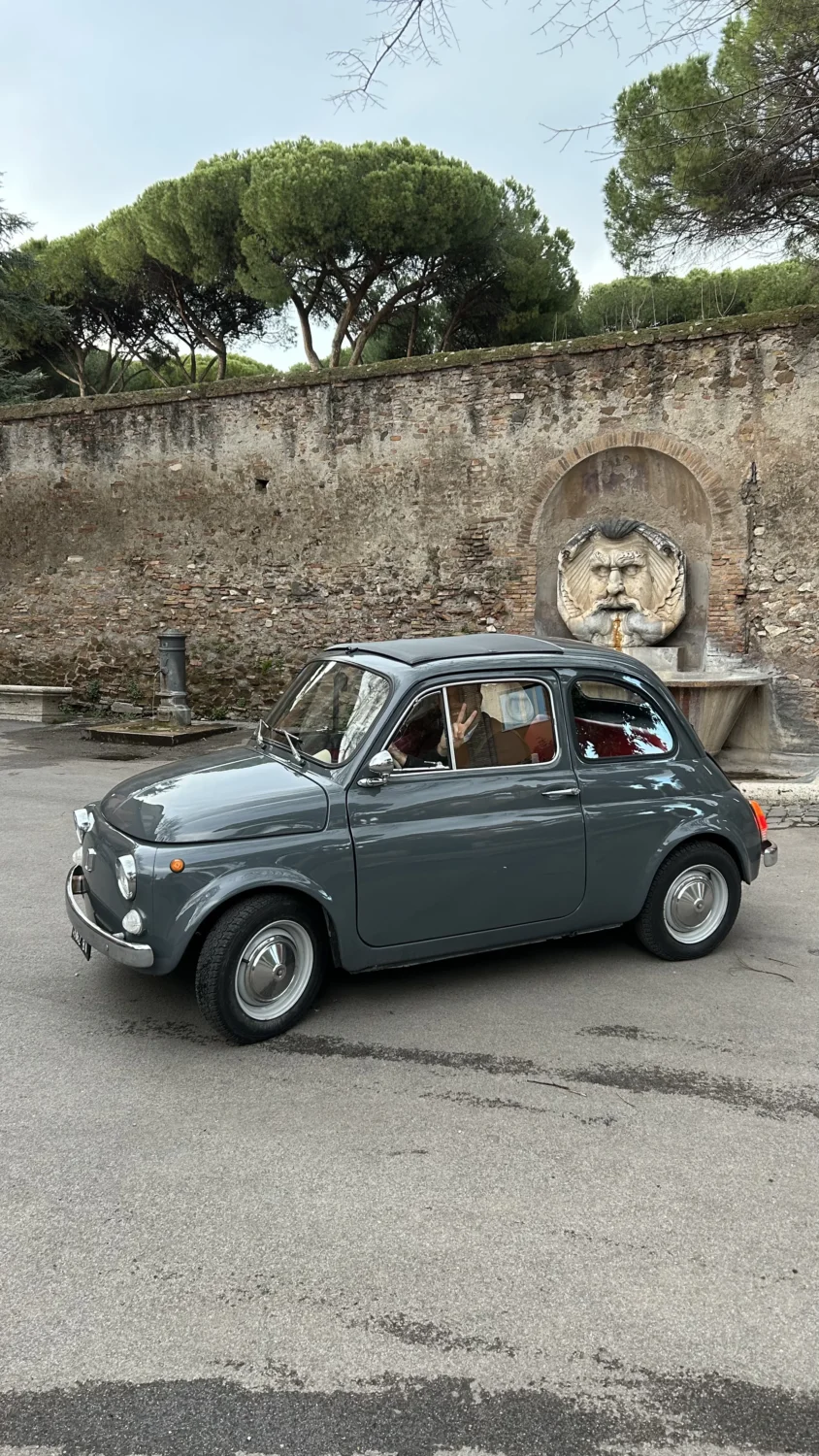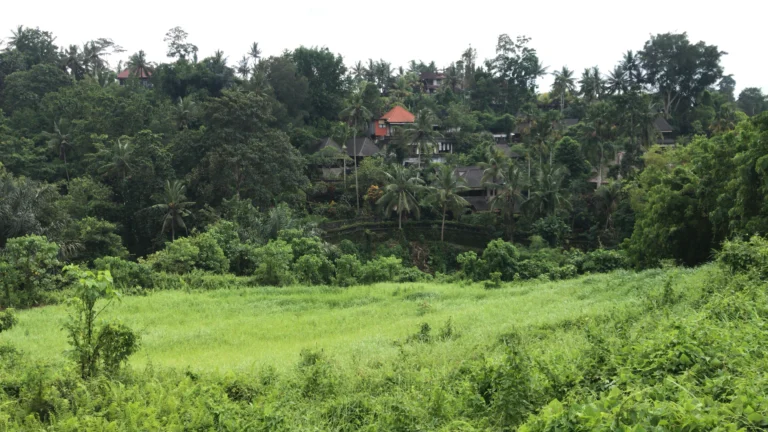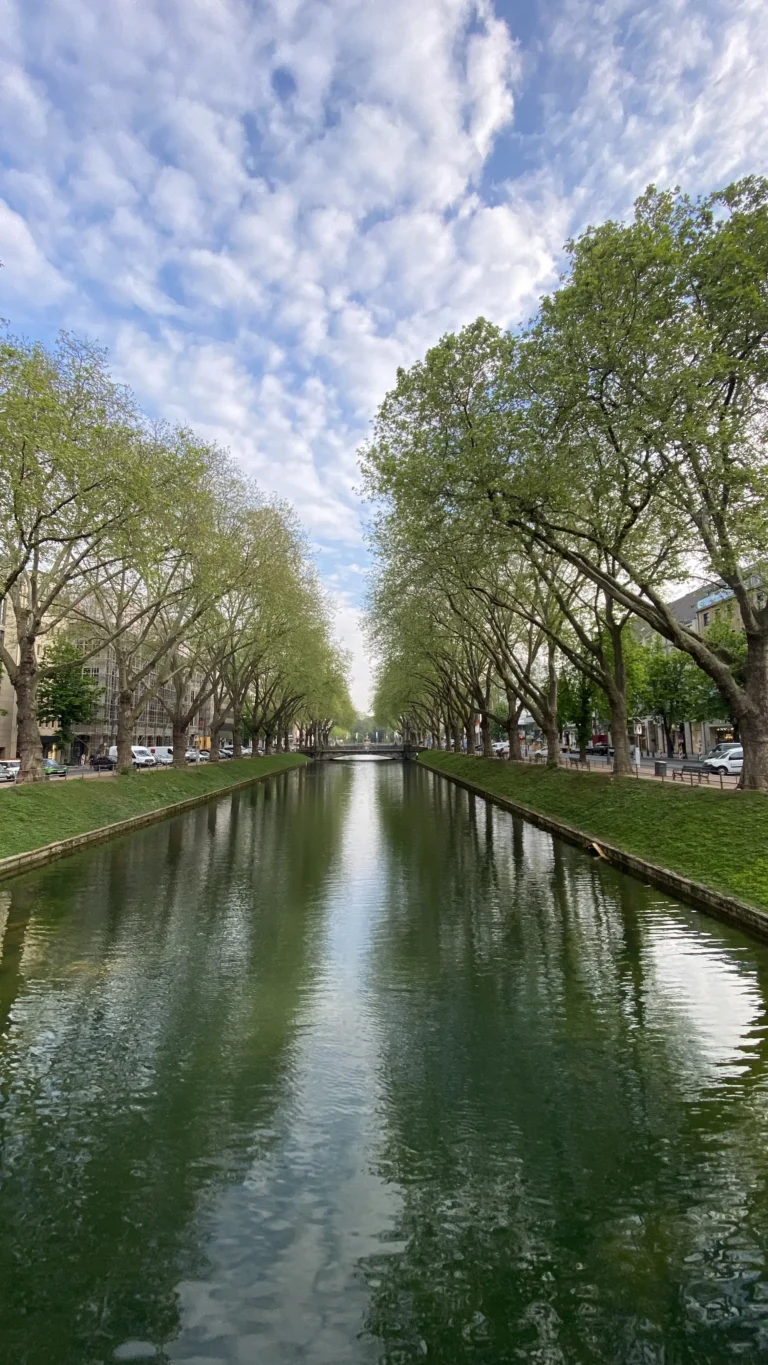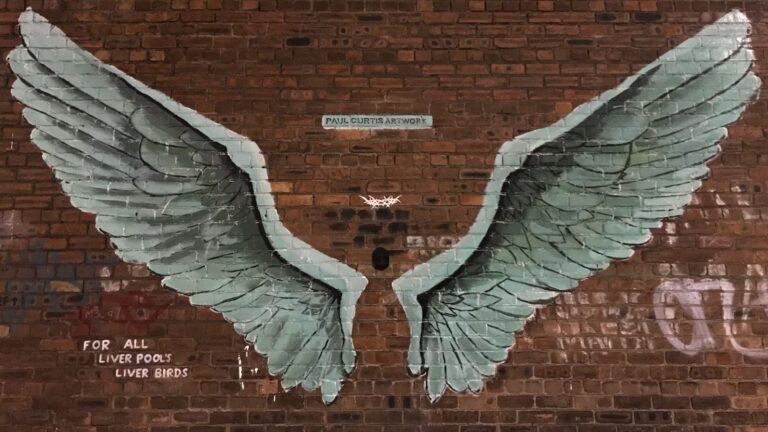rome
My first trip to Rome was in 2018, and since then I have returned many times. Rome is often described as the “Eternal City,” a place where ancient history and modern life exist side by side. Walking through its streets means moving between millennia: from imperial ruins to Renaissance palaces, from Baroque fountains to vibrant modern districts. The weight of history is felt everywhere, yet the city is alive, buzzing, and constantly evolving.
Of course, the Colosseum and the Roman Forum were among the first places explored. Walking around the Forum, one truly feels transported back to the center of an empire, while stepping inside the Colosseum is a powerful moment — its vastness and design still radiate the ambition of ancient Rome. The Pantheon, with its perfect dome and oculus, offers another kind of awe: an ancient temple seamlessly woven into the fabric of daily Roman life.
From there, Via del Corso provided a more modern stroll, lined with shops and life, leading toward landmarks like the Monument to Victor Emmanuel II, a massive symbol of Italy’s unification. At Porta Maggiore, ancient aqueducts meet city gates, illustrating the ingenuity of Roman engineering. And then, of course, the Trevi Fountain — where tossing a coin backwards ensures a return to Rome. Just by the fountain, Gelateria Valentino offered a sweet break with gelato, while meals at Pane e Salame and L’Antica Birreria Peroni provided flavors of traditional Roman dining. Another favorite stop was Pastificio Guerra, where takeaway pasta was enjoyed while sitting on the Spanish Steps, a simple but perfect Roman experience. Across from there, Pompi served its legendary tiramisu, a must-taste for anyone visiting.
In Piazza del Popolo, one of Rome’s grand squares, the symmetry and design embody Renaissance ideals of beauty and order. Another fascinating site was Università La Sapienza – Facoltà di Architettura, showing a different face of the city: academic, intellectual, and creative. Castel Sant’Angelo, with its layered history from imperial mausoleum to papal fortress, felt even more iconic thanks to its appearance in Roman Holiday with Audrey Hepburn, a film that gave new romantic meaning to the city’s landmarks.
Up on the Aventine Hill, one of the most remarkable experiences was looking through the famous keyhole at the Church of St. Mary of the Priory. Perfectly framed in the view is the dome of St. Peter’s Basilica, a play of perspective that feels almost metaphysical — a “part-to-whole” moment where a small hole reveals the grandeur of Vatican City. In the church’s gardens, the city’s skyline opens beautifully, and nearby, the Basilica di Santa Sabina all’Aventino adds another layer of fascination. This early Christian basilica is not only architecturally important but also steeped in symbolism; some even connect its austere design and hidden patterns to Masonic interpretations, giving the Aventine an aura of mystery and intellectual depth.
Art and spirituality also left a strong impression in two other places: Chiesa di Sant’Ignazio di Loyola, where the breathtaking ceiling fresco creates the illusion of an open sky, dissolving the boundary between architecture and imagination; and the Basilica of Saint Paul Outside the Walls, one of Rome’s four major basilicas, built over the tomb of St. Paul. Its massive nave, golden mosaics, and portraits of the popes stand as a testament to Rome’s deep Christian legacy.
For a balance between culture and nature, Villa Borghese was unforgettable — a vast park filled with gardens, fountains, and viewpoints. Inside the Galleria Borghese, masterpieces by Bernini and Caravaggio brought the Renaissance and Baroque to life, while outside the park’s calm paths and terraces offered sweeping views over the city.
Other explorations included Circo Massimo, once the grand chariot racing stadium of ancient Rome, now an open space echoing with history. In more recent years, my visits extended into neighborhoods like Ostiense, Garbatella, and Testaccio. These districts represent the modern, authentic Rome — vibrant, street-art filled, full of local markets and restaurants, and a reminder that beyond the monuments, Rome is also a living, breathing city with character that evolves constantly.

